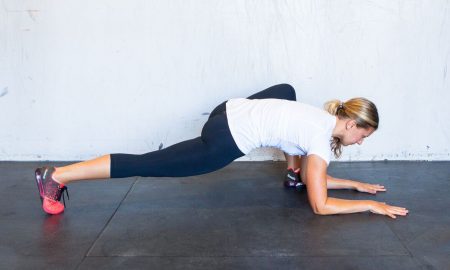
It’s nearly winter in the northern hemisphere, and we’re heading into a potentially challenging season with the combined effects of the flu and COVID-19. Doctors are warning that we should take steps to protect ourselves from viral illnesses, but we can also do things to boost our overall health, including our respiratory health.
Aside from chronic illnesses like mesothelioma, which require specialized medical treatment, other common respiratory and lung-related illnesses include asthma, chronic obstructive pulmonary disease (COPD), pneumonia.
You don’t have to have an acute or chronic illness to realize that perhaps your respiratory health isn’t as strong as it could be. For example, lung function declines as we age. By the age of 65, you may have lost up to a liter of your lung capacity, compared to your younger years.
As you age, your blood vessels become stiffer, leading to the expansion of air sacs. That effect makes it harder for gases to travel into your bloodstream, so as you get older, you may notice that you get more winded doing typical daily activities.
Whether you have one of these conditions or simply want to make sure your respiratory health is as good as possible, the following are things to know.
Practice Diaphragmatic Breathing
Diaphragmatic breathing is one of the things you can do to help your lungs function properly. You can use these techniques whether you’re healthy or experiencing lung problems related to a condition such as asthma.
Diaphragmatic breathing means that you become aware of your diaphragm muscle, which separates your abdominal organs from your lungs. You concentrate on lowering it as you breathing in so that you can build a deeper inhale. This is a trick singers will often do to improve their lung capacity.
Even if you don’t practice diaphragmatic breathing, deep breathing can help you get closer to your lungs’ capacity.
Inhale slowly and expand your belly as you think about lowering your diaphragm. Then, expand your ribs, and finally let your upper chest expand.
Exhale as much as you possibly can, and let your chest fall.
Get a Lung Function Test
A lunch function test can help your doctor identify what’s causing your breathing problem if you think you have one. These tests can look at how strong your breathing muscles are, and how much air you take in and let go. They can also determine how able your lungs can deliver oxygen and blood to the rest of your body.
Exercise
Exercise is something you can do that’s going to benefit essentially every aspect of your health and well-being, and this certainly includes your respiratory health.
Aerobic exercise doesn’t increase your lung function, but it can improve lung capacity, which is how much oxygen you take in every time you breathe. You should also add in a few resistance training sessions every week, along with aerobic exercise. For resistance training, you can simply walk up a hill in your neighborhood or use the hill settings on a treadmill.
This will increase your heart rate, making you breathe harder which can then increase lung capacity.
Maintain a Healthy Weight
Obesity contributes to many serious chronic health conditions and disorders. One area of concern is the link between obesity and respiratory problems. When your weight goes up, your lung volumes decrease. As your lung volumes go down, then you experience restricted air entry.
If you have a lot of fat around your abdomen, that can make respiratory and lung symptoms worse. Fat on the lower body is less associated with respiratory complications than abdominal fat.
This is likely because fat tissue located around the abdominal organs and in the abdominal wall prevents adequate movement of the diaphragm. That can reduce lung expansion and capacity.
The function of respiratory muscles in people who are obese or overweight is similar to what happens when you have a respiratory disease like COPD.
Specific conditions that are linked to obesity and impact the respiratory system include:
- Exertional dyspnea, which is extreme breathlessness from minor exertions
- Obstructive sleep apnea syndrome
- Asthma
- Pulmonary embolism
- Aspiration pneumonia
Eat a Healthy Diet
Finally, when you eat a healthy diet it can help your respiratory health in multiple ways. First, it can help you maintain a healthy weight. A healthy diet will also likely include antioxidants that can reduce inflammation. Inflammation is linked with a slew of adverse health consequences.
You can also make sure you’re getting nutrients specific to respiratory health such as vitamin D. Higher vitamin D levels have been linked to better test results for lung function
















Follow Us